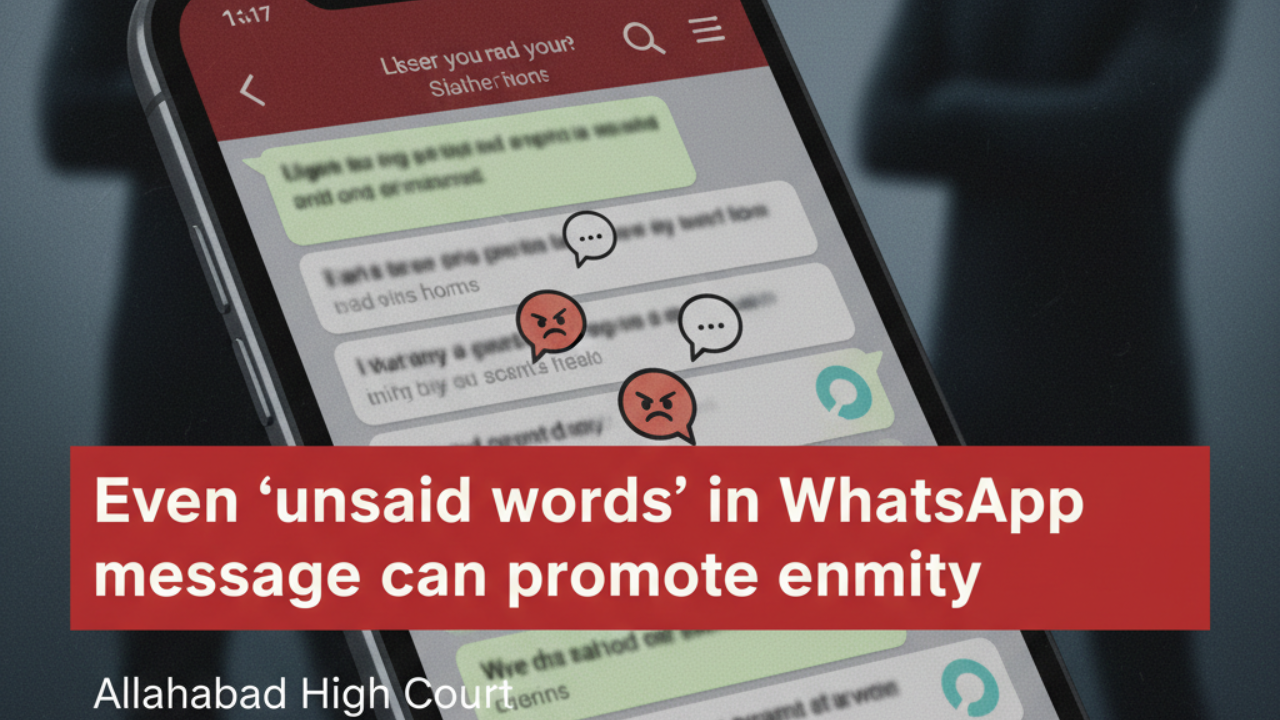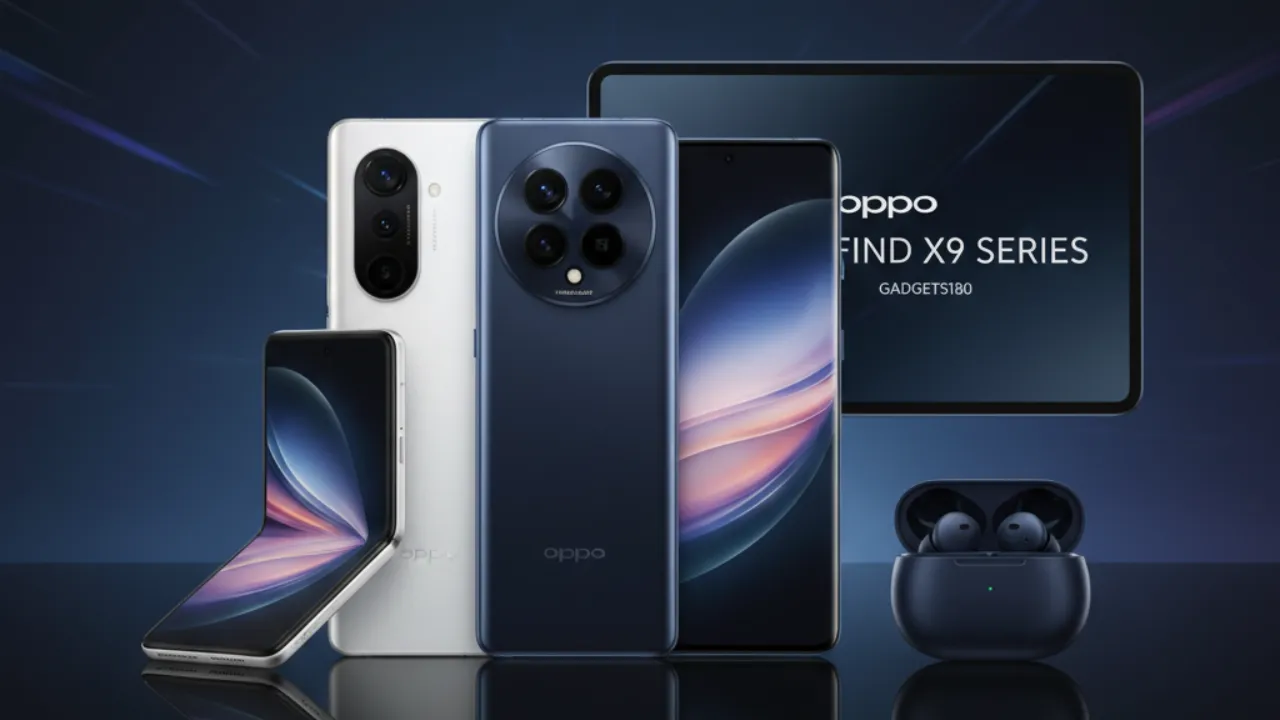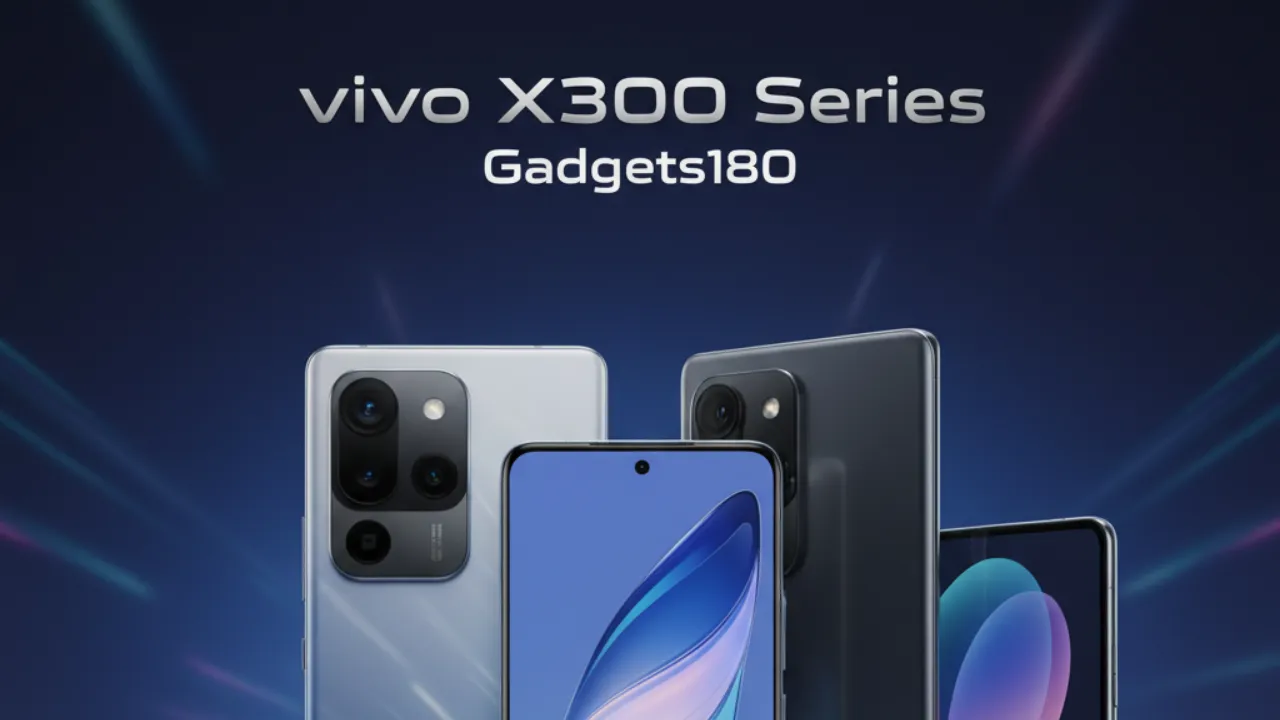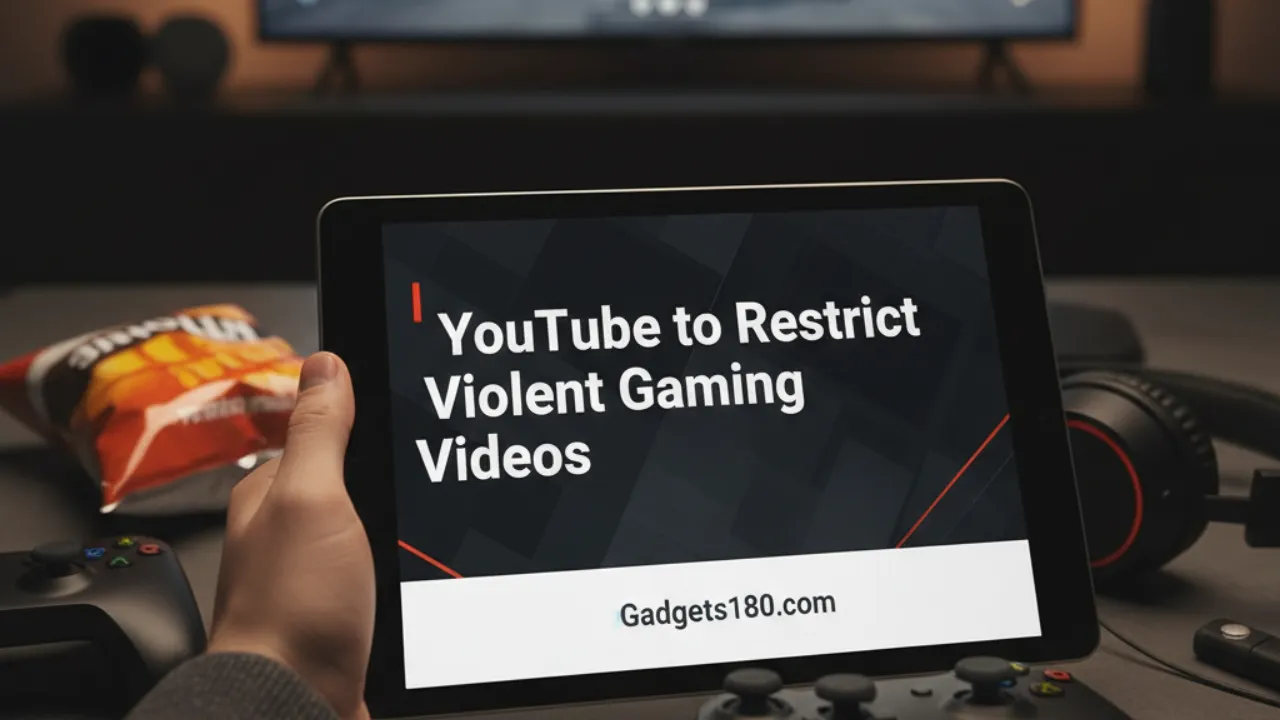Every year, phone displays get brighter, smoother, and more colorful. But in 2025, screen technology has taken a big step forward. Modern smartphones now offer clearer visuals, faster refresh rates, and even new ways to protect your eyes.
In this article, let’s explore how display technology has improved and why it matters when you buy your next phone.
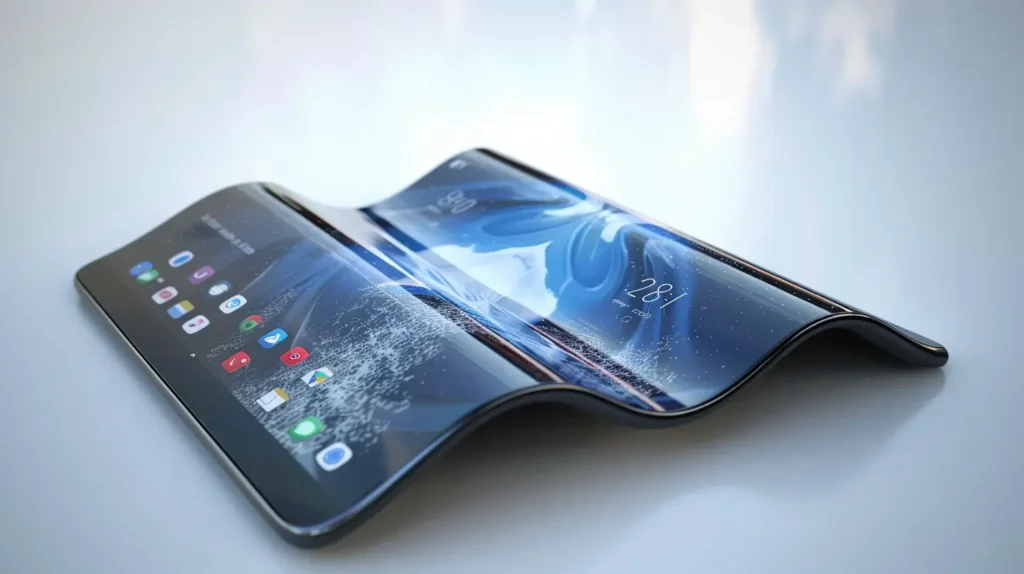
1. What Makes a Display “Good”?
Before we look at the new tech, let’s understand what makes a good phone display. A good screen should show true colors, be bright enough to use outdoors, feel smooth while scrolling, and use less power.
Today’s displays are mostly made using OLED or AMOLED technology, which gives better contrast and deeper blacks than older LCD panels. This means when you watch a movie or play a game, you get more lifelike images.
2. Higher Refresh Rates
A few years ago, most phones had 60 Hz screens. Now, 120 Hz and even 144 Hz displays are common, even on mid-range phones.
What does this mean? A “refresh rate” is how many times the screen updates per second. A higher rate makes animations, videos, and games look smoother. It also makes scrolling through social media feel fast and fluid.
In 2025, some premium phones even use “adaptive refresh rates.” This means the screen changes its refresh speed depending on what you’re doing. For example, if you’re reading a message, it may go down to 1 Hz to save battery, and if you’re gaming, it jumps to 120 Hz for a smooth experience.
3. Brighter and Sharper Screens
Brightness has become another key feature. Modern smartphones can reach over 2,000 nits of peak brightness, which helps a lot when using the phone in sunlight.
Resolution also keeps improving. Most new models now offer at least Full HD+ (1080p), and many premium phones have 1.5K or 2K displays. The difference is most visible when watching 4K videos or zooming in on photos.
All these improvements make the screen more comfortable to look at in any light condition.
4. S-Stripe OLED and New Pixel Designs
One of the newest screen types in 2025 is the S-Stripe OLED display. Instead of the usual pixel pattern, it has a special stripe arrangement that increases sharpness and color accuracy.
Phones with this display show smoother text, finer details in images, and more natural color tones. It’s also better for battery life since it needs less power to produce bright colors.
This new design also helps reduce “screen burn-in,” a problem older OLEDs sometimes faced when static images stayed too long on the screen.
5. Eye Protection and Blue-Light Control
Spending hours on a screen can cause eye strain. That’s why many phones now have advanced eye-comfort modes. These reduce blue light automatically at night or when the screen detects long use.
Some displays use special materials or coatings that make the screen more comfortable to view without changing colors too much. You’ll also notice “PWM dimming” improvements — these reduce screen flicker at low brightness, which helps people sensitive to flashing lights.
6. Foldable and Flexible Displays
Another exciting development in 2025 is the wider use of foldable displays. These are screens that can bend or fold without breaking.
Foldable phones give you a small device when closed and a large tablet-like screen when opened. Brands like Samsung, Oppo, and Honor continue to refine these designs, making them thinner, lighter, and more durable.
There are also “rollable” displays under testing — where the screen can roll out to expand in size. It’s a new way to make multitasking and entertainment easier on a pocket-sized device.
7. Better Durability
We all worry about dropping our phones. Thankfully, display glass has also become stronger. Companies like Corning and Samsung have introduced improved protective layers like Gorilla Glass Armor that resist scratches and cracks better than ever.
Some phones even use “ceramic shield” coatings for extra protection. These materials help make your phone last longer and look new even after months of daily use.
8. Power Saving and Battery Life
Modern screens are more energy-efficient. With adaptive brightness and refresh rate, phones use less battery while giving a better viewing experience.
New OLED panels also turn off individual pixels when showing black, which saves a lot of power. So if your wallpaper or app has a dark theme, it helps extend battery life.
9. Display Under Glass Technology
Many phones in 2025 are now hiding the front camera under the display. This is called under-display camera technology. It gives you a full-screen look without any hole or notch.
Though early versions reduced selfie quality, the new generation balances clarity and style well. This change also helps improve the immersive experience when watching movies or playing games.
Final Conclusion
Smartphone displays in 2025 are truly impressive. They’re brighter, smoother, stronger, and easier on the eyes. Features like adaptive refresh rate, S-Stripe OLED, and foldable screens make our everyday use more enjoyable.
When choosing your next phone, don’t just look at battery or camera specs. Pay attention to the display — because that’s the part you see and use the most.
A good screen can make everything — from reading texts to watching movies — feel amazing. And thanks to new screen technology, we’re now closer than ever to perfect mobile viewing.

